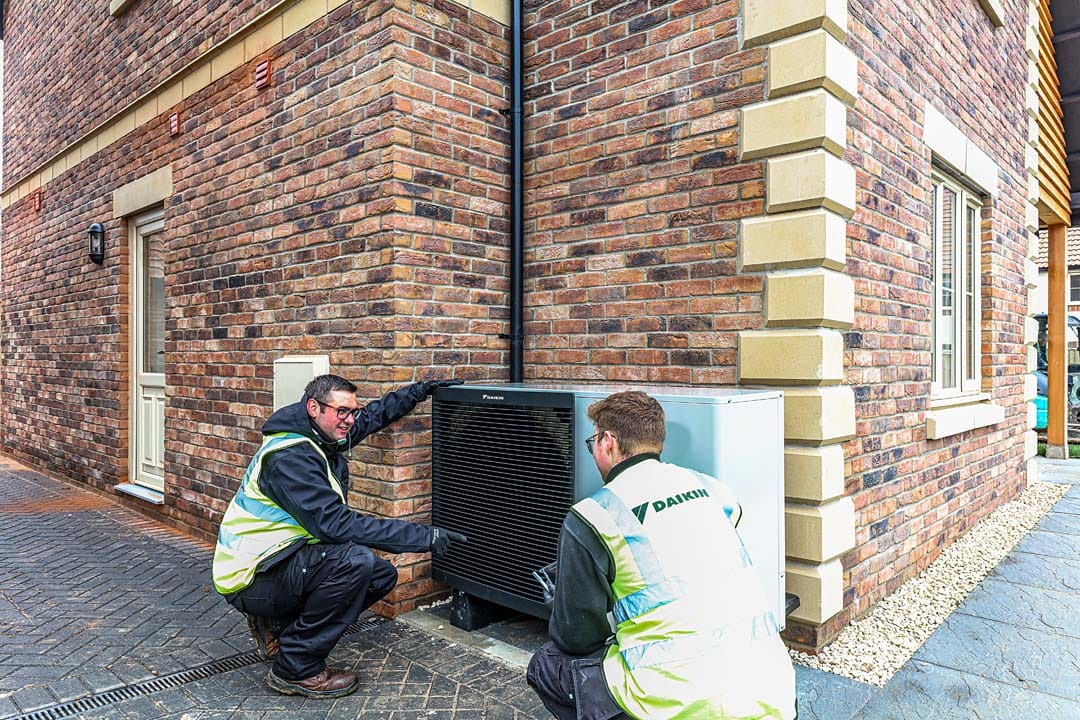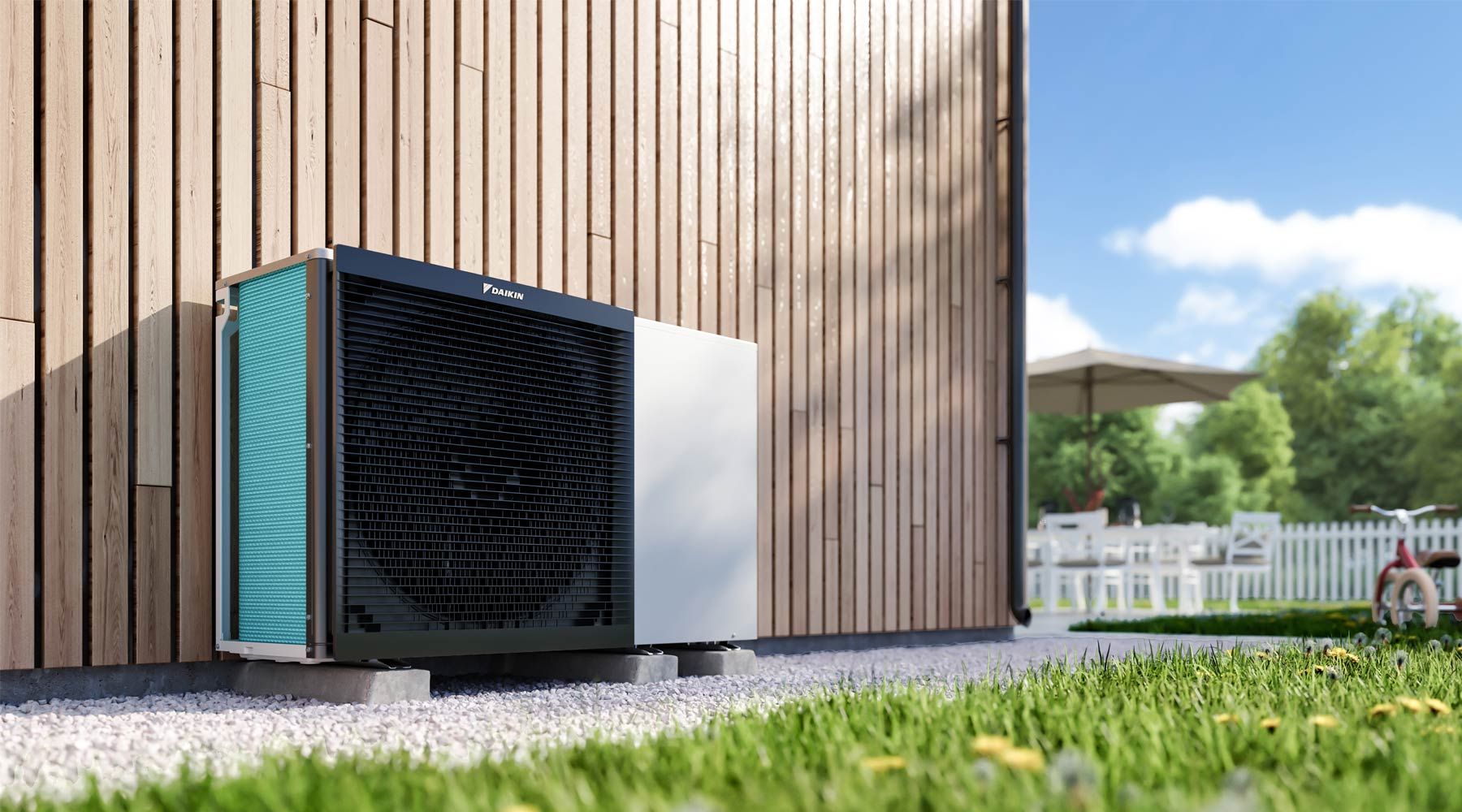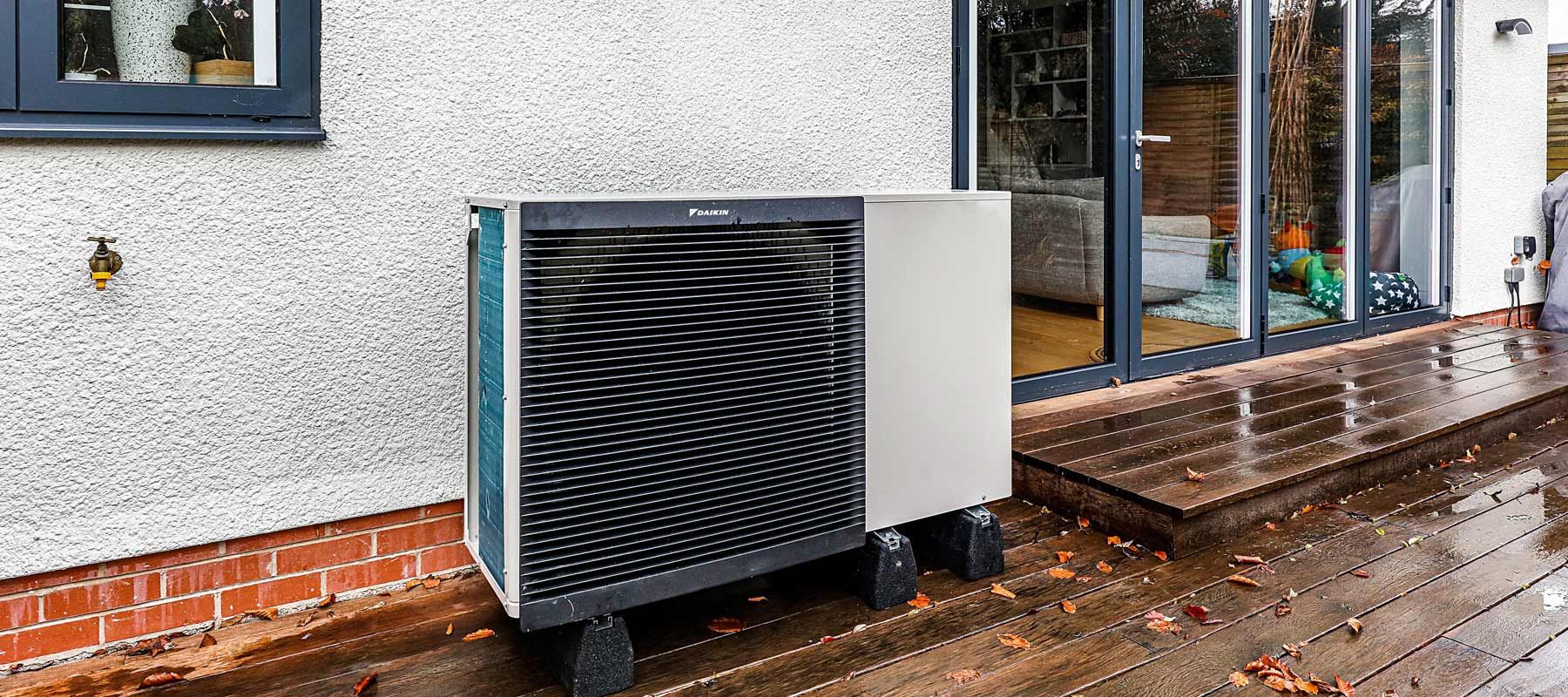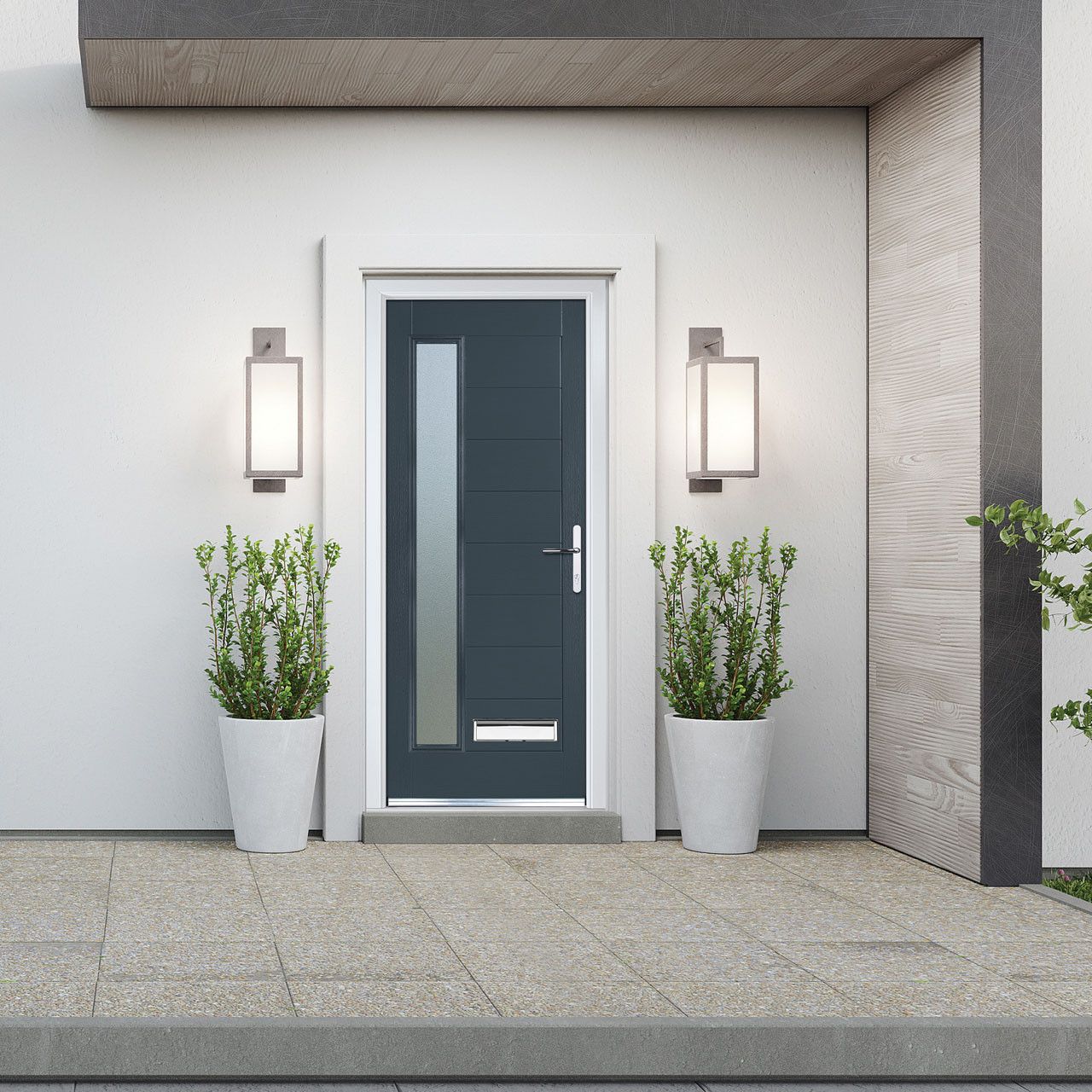
Future Homes Standard: What Trade Professionals Need to Know
Published on November 25, 2025
Posted in Advice & Reviews
by MKM
5 mins min read
The Future Homes Standard (FHS) is about to change how we build and renovate homes across England. With the detail expected to be announced early 2026, it represents one of the biggest shifts in building regulations in a generation.
Set to redefine the standards for energy efficiency and carbon emissions, FHS will impact everyone from large-scale developers to individual installers. If you’re working on new builds, extensions, or major refurbishments, this standard will affect your work, from the way properties are designed to the systems, products you install and how you install them. For trade professionals, understanding what changes may be implemented is not just about compliance; it's about seizing a commercial opportunity and getting ahead of the competition.
What is the Future Homes Standard?
The Future Homes Standard (FHS) is a new set of rules affecting the general Building Regulations. Its primary goal is to ensure new homes are built to be highly energy-efficient and produce very low carbon emissions. The government's aim is that homes built under the FHS will produce 75-80% less carbon emissions than those built under the 2013 regulations.
It focuses on:
- Fabric efficiency: better insulation and thermal performance
- Heating systems: a shift away from fossil fuels to low-carbon technologies
- Airtightness: reducing uncontrolled heat loss, balancing with effective ventilation
- Energy modelling: a shift from the old SAP model to a new, more accurate Home Energy Model (HEM)
Although it primarily targets new dwellings, FHS will also apply to significant renovations and extensions. Its counterpart, the Future Buildings Standard, will do the same for commercial and non-domestic spaces.

What’s Not Included (Yet)
Some key areas fall outside the FHS — for now:
- Embodied carbon (the emissions from materials and construction) isn’t expected to be covered as part of the initial announcement, but likely will be in the future
- Gas boilers aren’t banned, but under the new modelling system, they’ll rarely meet compliance
- Transitional arrangements will protect projects already approved under current regulations, but only for a limited time
How is FHS Different from Current Building Regulations?
The FHS will replace SAP calculations with the new Home Energy Model (HEM) — a more accurate and dynamic system that models real energy use.
Expect stricter fabric-first requirements: you’ll need to meet insulation and airtightness standards before considering heating systems. The FHS also promotes a whole-house approach, recognising how insulation, airtightness, and ventilation all interact.
For many homes, MVHR (Mechanical Ventilation with Heat Recovery) will become essential for balancing airtightness and air quality.
Retrofit vs New Build: What is Expected to Change for the Trade?
New Builds
- Heat pumps as the default heating system
- Higher insulation performance
- Airtight installations that demand attention to ventilation
Retrofit & Extensions
- FHS applies to major refurbishments and system replacements
- Some smaller works will still follow current Part L regulations
- Even when not mandatory, designing “future-ready” systems makes sense — improving resale value, efficiency, and customer satisfaction.
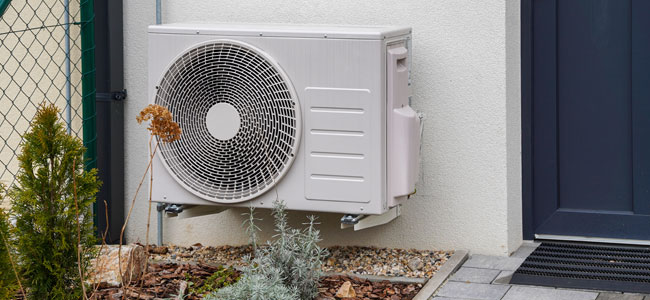
Products You Should Know Now
To stay ahead, get familiar with FHS-ready products and systems:
- Air Source Heat Pumps (ASHPs): These are set to become the go-to heating solution. Understanding correct sizing, system compatibility, and installation requirements will be vital
- Hot water cylinders: Heat pumps require specific cylinders designed to work efficiently with lower flow temperatures. Space considerations for installing/reinstalling cylinders will need to be factored into system designs early on
- MVHR systems: As homes become more airtight, controlled ventilation is non-negotiable. Knowledge in specifying and installing MVHR and other ventilation systems will be in high demand
- High-performance insulation materials: Familiarity with insulation panels and materials and their performance will be essential to meet the new fabric efficiency targets
- Thermally efficient glazing: Windows and doors will need to meet higher performance standards to prevent thermal bridging and heat loss
- Smart controls: Heating controls that are optimised for low-temperature heat pump systems will be crucial for maximising efficiency and user comfort
- Thermally broken lintels: These help minimise thermal bridging around openings, improving overall energy performance and reducing cold spots that can lead to condensation
- Airtightness and vapour control products: Membranes, tapes, and seals designed to manage moisture and airtightness are becoming essential to meet FHS-level performance standards
MKM is already expanding our range across these categories to ensure trades can source compliant, future-ready products with expert advice.
Equally, it's time to start moving away from traditional radiators, gas boiler installations, and retrofits that prioritise powerful heating over preserving heat.
What is the Benefit for Trades?
FHS brings big opportunities for those who adapt early and here’s why:
- Become the Go-To Expert: Customers, from homeowners to small developers, will be looking for tradespeople who understand the new landscape. Being "FHS-ready" becomes a key differentiator that will help build trust and win business. You can guide customers through the complexities, helping them make smart, future-proof decisions.
- Upsell on Value, Not Just Price: The conversation can shift from quoting the cheapest job to providing the best long-term value. A higher-spec, FHS-compliant home means the potential for lower energy bills when compared to a like-for-like home built to older standards. You can sell the benefits of a shorter payback period on their investment and a more comfortable living environment.
- Secure a First-Mover Advantage: The skills gap is real. Many in the trade will wait until the last minute to adapt, creating a surge in demand for qualified installers. By upskilling now in areas like heat pump installation, airtightness, and ventilation, you place yourself at the front of the queue for the best projects.
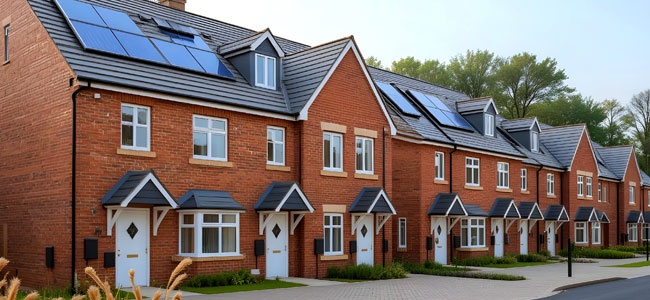
Building for the Future
The Future Homes Standard is expected to be finalised in late 2025, with a transition window allowing existing designs to complete under current regulations. It looks like any project being planned today will likely need to meet FHS requirements if it isn’t at DPC by the time the transitional period begins. So, for trade professionals, the message is clear - the time to prepare is now.
At MKM, we’re committed to helping you make that transition smoothly. By working with trusted suppliers and industry leaders, we’re ensuring you have access to the right products, knowledge, and training resources to stay ahead.
Also, by supporting upskilling and providing impartial product guidance, MKM aims to ensure our customers are fully equipped to meet new standards, stay compliant, and seize early opportunities.
Visit your local MKM branch to find out how we can support your business and help you turn the Future Homes Standard into your next big opportunity.
Disclaimer: The information on this page is based on the anticipated Future Homes Standard updates, which have not yet been formally published. While every effort has been made to ensure accuracy, details may change as official guidance is released. This content is intended as a general overview and should not be taken as specific professional advice. At MKM, we’ll continue to update our information as updates are published. However, we are unable to accept responsibility for any details that may become outdated or the accuracy of content on external websites referenced.
Up Next

